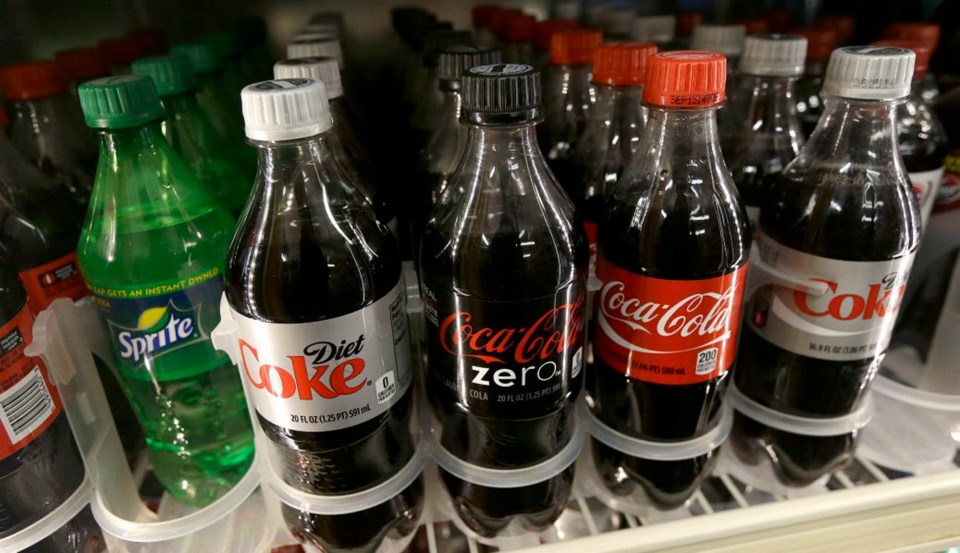A plan to establish an annual $40-million provincial fund to purchase private land now has 16 conservation and recreation groups behind it.
“That’s just going to continue to grow,” said Ken Wu of the Ancient Forest Alliance.
Wu said that the push to preserve more land takes in a variety of needs, including protecting watersheds that supply drinking water and helping tourism by keeping natural areas intact. He said he expects tourism businesses to start getting behind the fund.
The call for a provincial fund has picked up momentum with a report from the University of Victoria’s Environmental Law Centre that included a “menu” of funding options used by governments across North America.
“They don’t even have to raise taxes for a good chunk of this,” Wu said, noting one measure that has worked well in other places is using unredeemed deposits from beverage containers.
Dubbed “pops for parks,” it is estimated that the strategy could generate $10 million to $15 million a year.
“If you don’t return [the containers], then that money, in places like New York state and a lot of jurisdictions in the U.S., is used by the government to expand their protected-area system,” Wu said.
The report also suggested a special tax on non-renewable resources such as oil and gas and a tax on real-estate speculation.
Wu said an example of how such funds can work is the Capital Regional District’s park-acquisition fund, which is supported by a household levy.
“The places that people love in the Greater Victoria region — like the Sooke Hills, the Sooke Potholes, Jordan River for surfing — those were secured from development as a result of the CRD’s leadership,” he said.
Among the sites on Vancouver Island that could benefit from a provincial fund are the Koksilah area near Shawnigan Lake and the mountainside above Cathedral Grove, Wu said.
The provincial government had a land-acquisition budget until 2009, but Wu said it was significantly smaller than what is being proposed.
The government did not comment on the proposal.



